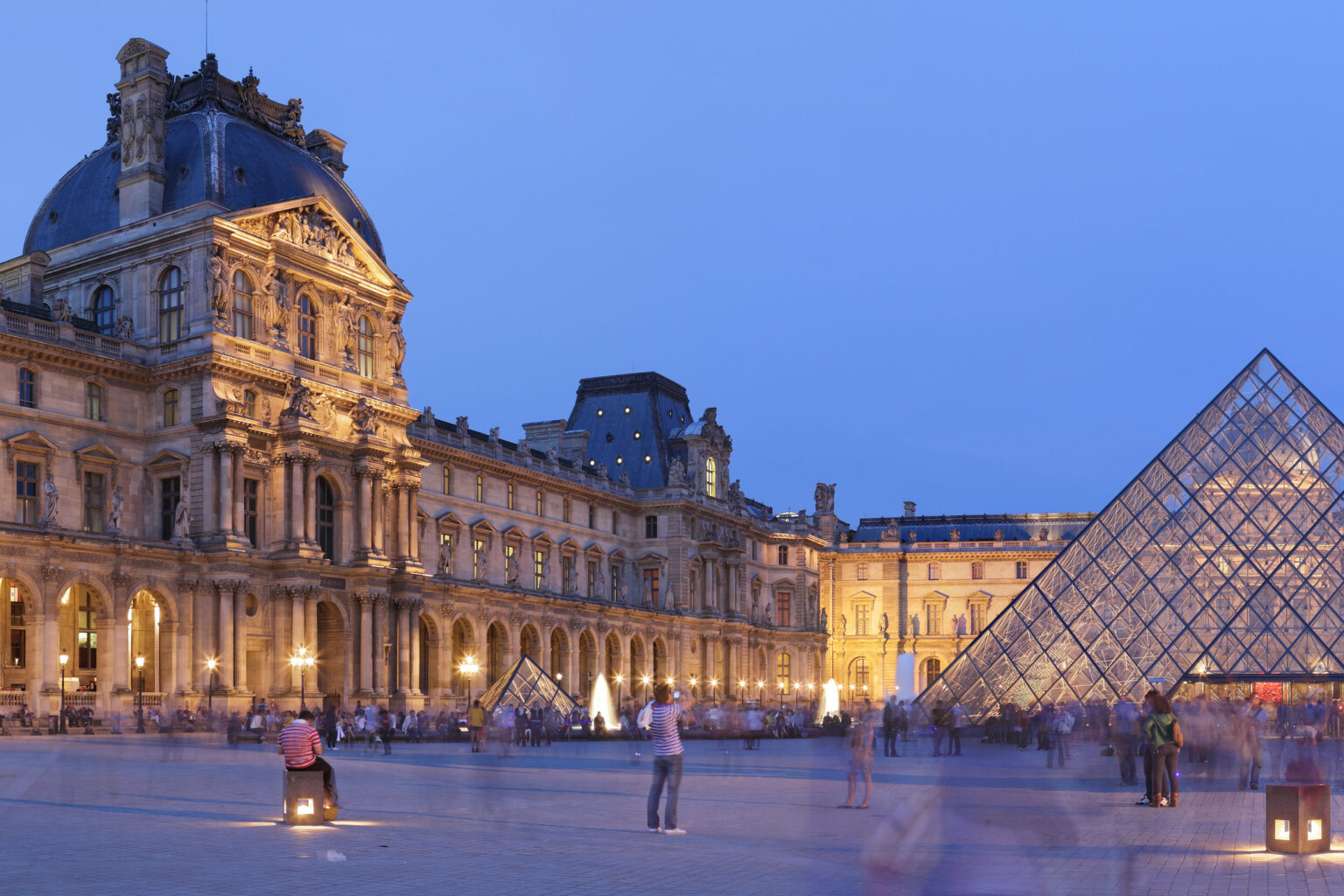Fine art collecting isn’t just for billionaires and museum curators—it’s an exciting (and potentially lucrative) passion for anyone willing to dive in. But before you start bidding on paintings just because they “look nice,” it’s important to understand the market, the risks, and how to build a collection that actually holds value. Whether you’re collecting for love, investment, or a little of both, here’s your guide to getting started in the world of fine art.
Start with What You Love
Before thinking about price tags and resale value, focus on art that speaks to you. Whether it’s contemporary paintings, photography, or sculptures, your collection should reflect your taste. After all, you’ll be living with these pieces, so choose something that excites you—not just something an expert says will appreciate in value.
Learn the Basics of the Art Market
The fine art world has its own set of rules, and understanding them is key. Auction houses, galleries, private sales, and online marketplaces all play a role in determining value. Spend time visiting galleries, attending art fairs, and following major auction results to get a sense of pricing trends and market demand.
Set a Realistic Budget (and Stick to It)
Fine art can range from affordable prints to multimillion-dollar masterpieces. As a beginner, set a budget that makes sense for you and remember that collecting is a long-term game. Start small, and as your knowledge grows, so can your investments.
Do Your Homework Before Buying
Not all art is created equal, and not every deal is a good one. Research artists, their career trajectory, previous auction records, and critical reception before making a purchase. If a piece is being sold for a suspiciously low price, there’s usually a reason—always verify authenticity and provenance.
Build Relationships with Galleries and Dealers
Art galleries and dealers can be your best allies in building a strong collection. They provide insight, access to exclusive pieces, and guidance on emerging artists. If you show genuine interest and loyalty, they might even offer you first dibs on new works before they hit the market.
Understand the Importance of Provenance
A piece’s history—its provenance—plays a huge role in its value. A well-documented history of ownership, exhibition records, and authentication from reputable sources can make the difference between an artwork that appreciates in value and one that remains stagnant. Always ask for paperwork before buying.
Don’t Ignore Emerging Artists
While big-name artists dominate headlines, investing in emerging artists can be both rewarding and profitable. Many collectors have discovered unknown talents early and watched their value skyrocket over time. Plus, supporting new artists helps keep the art world vibrant and evolving.
Think About Storage and Insurance
Owning fine art isn’t just about displaying it—it’s about protecting it. Proper storage, climate control, and security are essential to maintaining a piece’s condition and value. And don’t forget insurance; a lost, stolen, or damaged artwork without coverage can mean a total financial loss.
Diversify Your Collection
Just like with financial investments, diversification in art collecting can reduce risk. Instead of focusing solely on one artist, style, or medium, consider branching out. Mixing contemporary works with classic pieces, paintings with sculptures, and digital art with physical pieces can make for a well-rounded collection.
Be Patient—Art Collecting Is a Long Game
Unlike stocks, fine art isn’t something you flip for quick cash. The most valuable collections are built over time, with thoughtful acquisitions and a strategic approach. Patience is key—whether you’re collecting for passion or profit, the best pieces are often worth the wait.
Starting a fine art collection is both an exciting and strategic journey. With research, patience, and a keen eye, you can build a collection that not only brings joy but also holds long-term value. Whether you’re in it for the aesthetics, the investment, or both, collecting fine art is a world worth exploring.

